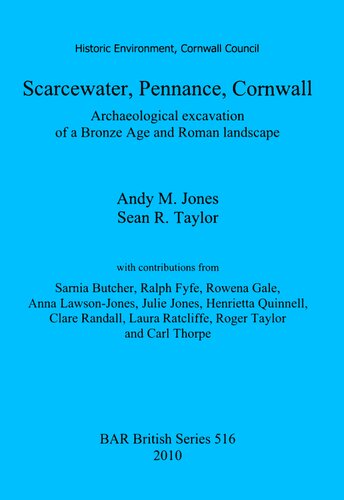

Most ebook files are in PDF format, so you can easily read them using various software such as Foxit Reader or directly on the Google Chrome browser.
Some ebook files are released by publishers in other formats such as .awz, .mobi, .epub, .fb2, etc. You may need to install specific software to read these formats on mobile/PC, such as Calibre.
Please read the tutorial at this link: https://ebookbell.com/faq
We offer FREE conversion to the popular formats you request; however, this may take some time. Therefore, right after payment, please email us, and we will try to provide the service as quickly as possible.
For some exceptional file formats or broken links (if any), please refrain from opening any disputes. Instead, email us first, and we will try to assist within a maximum of 6 hours.
EbookBell Team

4.3
78 reviewsFollowing an archaeological assessment, geophysical survey, and evaluation trenching, a large-scale excavation covering some 30 hectares was undertaken by the Historic Environment Service projects team of Cornwall County Council at the site of Imerys Minerals Ltd's Scarcewater tip, St Stephen-in-Brannel in 2004. The archaeological excavations were focused upon the investigation of three sunken-floored roundhouses of Middle Bronze Age date, together with a range of Bronze Age pits and timber structures, aLate Bronze Age roundhouse and palisade enclosure and pits, a Middle Iron Age 'cairn', and Romano-British settlement and funerary activity. The analyses of the information from the excavated sites has provided the opportunity to investigate shifting settlement foci and changes to Bronze Age roundhouse architecture over a period between 1500 and 1000 cal BC, and to examine the relationships between settlement-related and ceremonial activity in the middle of the second millennium cal BC. Importantly, the project has also allowed a study to be made of sites rarely identified in Cornwall. These include structures of the first millennium cal BC and Romano-British activity that was associated with both unenclosed settlement and funerary practice. Overall, the project has enabled relationships, changing patterns of settlement, architectural traditions, and spatial attitudes between the living and the dead to be considered in several key periods.